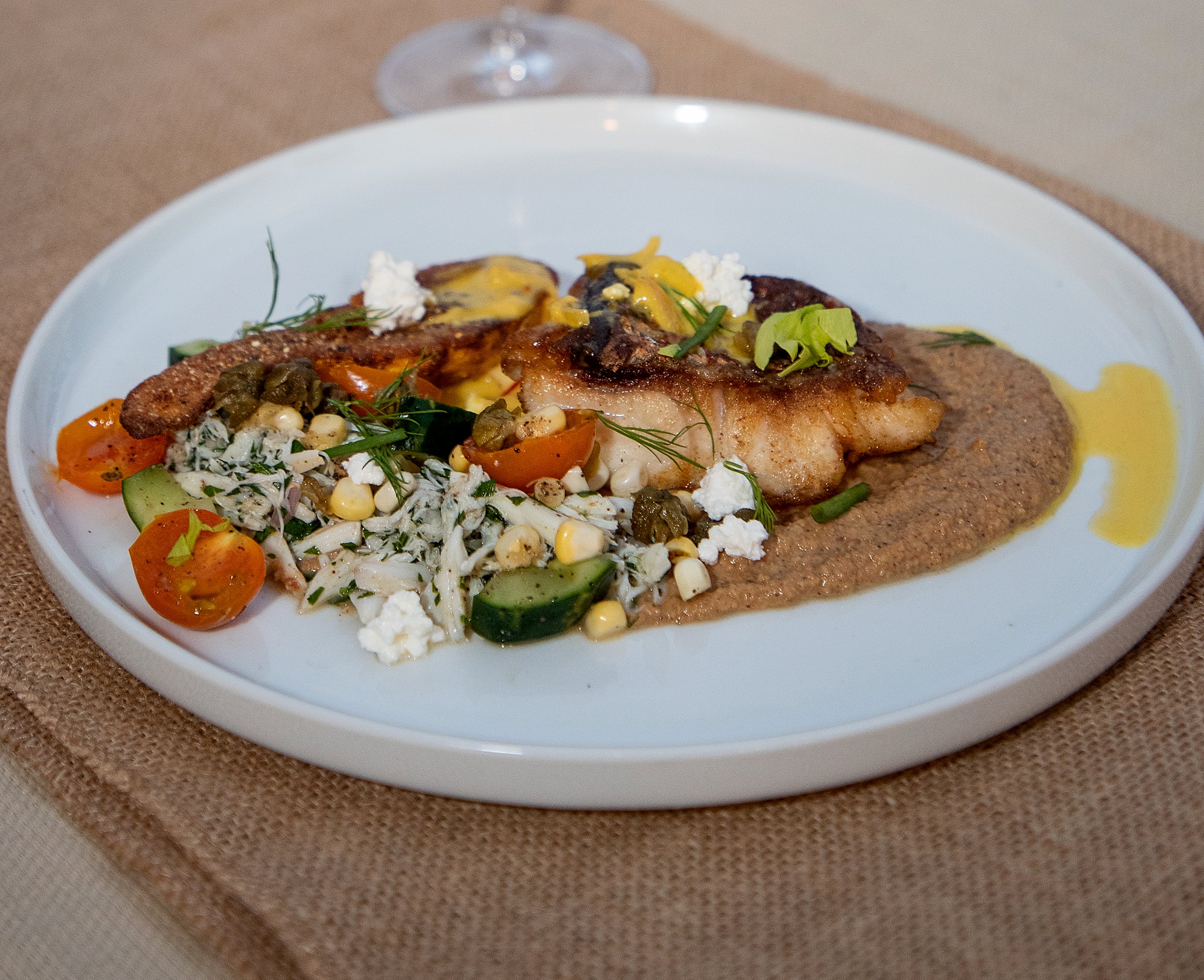By DAVID RAINER, Alabama Department of Conservation and Natural Resources
After 13 years, the marketing of Alabama’s seafood is about to have a new home. The Alabama Gulf Seafood campaign is transitioning from the Alabama Department of Conservation and Natural Resources (ADCNR) to the Sweet Grown Alabama program, a non-profit that promotes Alabama-grown goods with support from the Alabama Department of Agriculture and Industries (ADAI), the Alabama Farmers Federation, PowerSouth Energy Cooperative and other industry partners.
ADCNR Commissioner Chris Blankenship, who has led the Alabama Seafood Marketing Commission (ASMC) Program from the beginning, said the original campaign was created to clear the stigma that had become associated with seafood from the Gulf of Mexico after the 2010 Deepwater Horizon oil spill. The program started as an entity with both marketing and testing efforts.
“After the oil spill, as a precaution, a lot of our waters were closed to harvesting seafood,” said Commissioner Blankenship, who was with ADCNR’s Marine Resources Division (MRD) at the time of the largest marine oil spill in history. “There was a lot of concern around the country that the seafood from the Gulf was not going to be safe. Other areas and industries were trying to take advantage of that. The Gulf is known for the quality of the shrimp and how big the oysters are. It’s the largest producer of blue crabs. Other parts of the country were trying to use the oil spill to take market share.
“We needed to do something to protect the seafood industry in Alabama and to show the seafood was still the same quality product and safe to eat.”
Former governor Robert Bentley established the Alabama Seafood Marketing and Testing Commission in 2011 and named Commissioner Blankenship, by then MRD’s Director, as the Program Administrator.
“It was a two-part program,” Commissioner Blankenship said of the marketing and testing aspects of the Commission. “We were testing seafood that was not only caught in our waters but that was being processed in Alabama. We tested thousands and thousands of seafood samples for multiple years, and we never had one sample that was above the level of concern for PAH (oil) or dispersants.”
After three years of testing, the focus of the Commission moved to marketing Alabama’s seafood and industry. With the help of Big Communications in Birmingham, a unique brand and website (www.eatalabamaseafood.com) were created.
“We had to create everything from scratch,” Commissioner Blankenship said. “We had to come up with the plan to not only reach people in Alabama but around the country on the safety and quality of Alabama seafood.
“It turned out for the industry to be a good thing. A lot of places around the country didn’t even know Alabama has a coastline or didn’t appreciate the quality of the seafood we have here. We made a lot of believers out of chefs and consumers in the Southeast and around the country on the quality of Alabama’s seafood products.”
ASMC held events to promote Alabama seafood in big venues like New York City, Washington, D.C., Charleston, S.C., Nashville and New Orleans just to name a few. Those events were successful, but the campaign really paid off in Sweet Home Alabama.
“We built a good following from chefs in those areas,” Commissioner Blankenship said. “But I think the biggest impact was having people in Alabama understand that the seafood in their restaurants – just because it’s on the menu, that doesn’t mean it came from Alabama.
“Getting people to ask the chefs and grocery stores where the seafood came from and ask that they offer Alabama products as opposed to imported seafood was probably one of the greatest successes we had in differentiating Alabama products as being of better quality than some of the other seafood coming in from India or China or Vietnam or Ecuador.”








